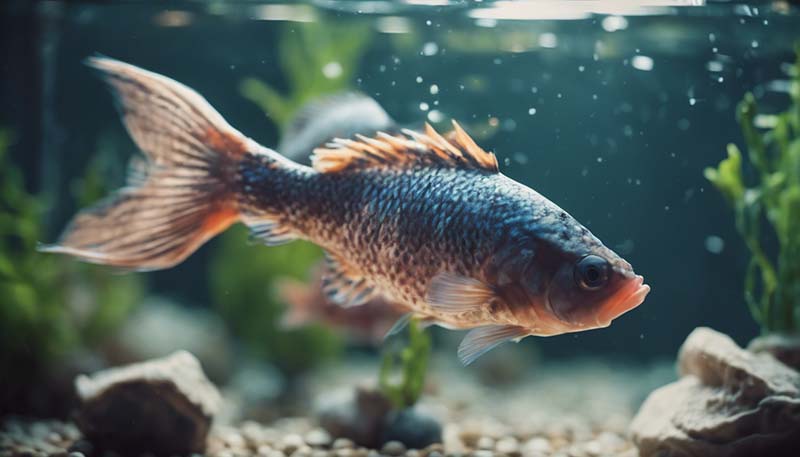Creating a stimulating Environment for Your Indoor Fish
Creating a Stimulating Environment for Your Indoor Fish
Introduction
Having indoor fish can bring a sense of tranquility and beauty to your home. However, to keep your fish healthy and happy, it's important to create a stimulating environment that mimics their natural habitat. In this article, we'll explore the various factors to consider when setting up an aquarium and how to create a stimulating environment for your indoor fish.
Choosing the Right Tank Size
The first step in creating a stimulating environment is choosing the right tank size. The size of the tank will depend on the number and type of fish you plan to keep. As a general rule, the larger the tank, the better, as it provides more space for your fish to swim and explore.
Advertisement
Providing Adequate Filtration
Filtration is essential for maintaining water quality and keeping your fish healthy. There are different types of filters available, such as mechanical, chemical, and biological filters. It's important to choose the right filter for your tank size and the type of fish you have.
Adding Live Plants
Live plants can greatly enhance the appearance of your aquarium and provide numerous benefits for your fish. They can help improve water quality by absorbing excess nutrients, provide hiding spots, and create a more natural environment. Some popular aquatic plants include Java fern, Anubias, and Amazon sword.
Decorating with Rocks and Driftwood
Decorating your aquarium with rocks and driftwood can create interesting hiding spots and visual interest for your fish. It can also help create a more natural environment that mimics their natural habitat. Be sure to choose rocks and driftwood that are safe for your fish and won't affect the water chemistry.
Choosing the Right Lighting
Lighting plays a crucial role in creating a stimulating environment for your indoor fish. It not only enhances the appearance of your aquarium but also helps promote the growth of live plants. Choose a lighting system that provides the right intensity and spectrum of light for your fish and plants.

Maintaining Water Quality
Maintaining water quality is essential for the health and well-being of your fish. Regular water changes, testing water parameters, and monitoring temperature are all important aspects of water quality management. It's also important to avoid overfeeding, as this can lead to poor water quality and health problems for your fish.
Providing a Balanced Diet
Feeding your fish a balanced diet is essential for their health and well-being. Different types of fish have different dietary needs, so it's important to research the specific requirements of your fish. Providing a variety of high-quality foods can help ensure your fish receive all the nutrients they need.
Observing Fish Behavior
Regularly observing your fish's behavior can help you identify any potential health problems early on. If you notice any changes in your fish's behavior, such as lethargy, loss of appetite, or unusual swimming patterns, it's important to investigate further and take appropriate action.
Conclusion
Creating a stimulating environment for your indoor fish involves a combination of factors, including choosing the right tank size, providing adequate filtration, adding live plants and decorations, maintaining water quality, and providing a balanced diet. By following these guidelines, you can create a beautiful and healthy environment for your indoor fish to thrive in.

Comment